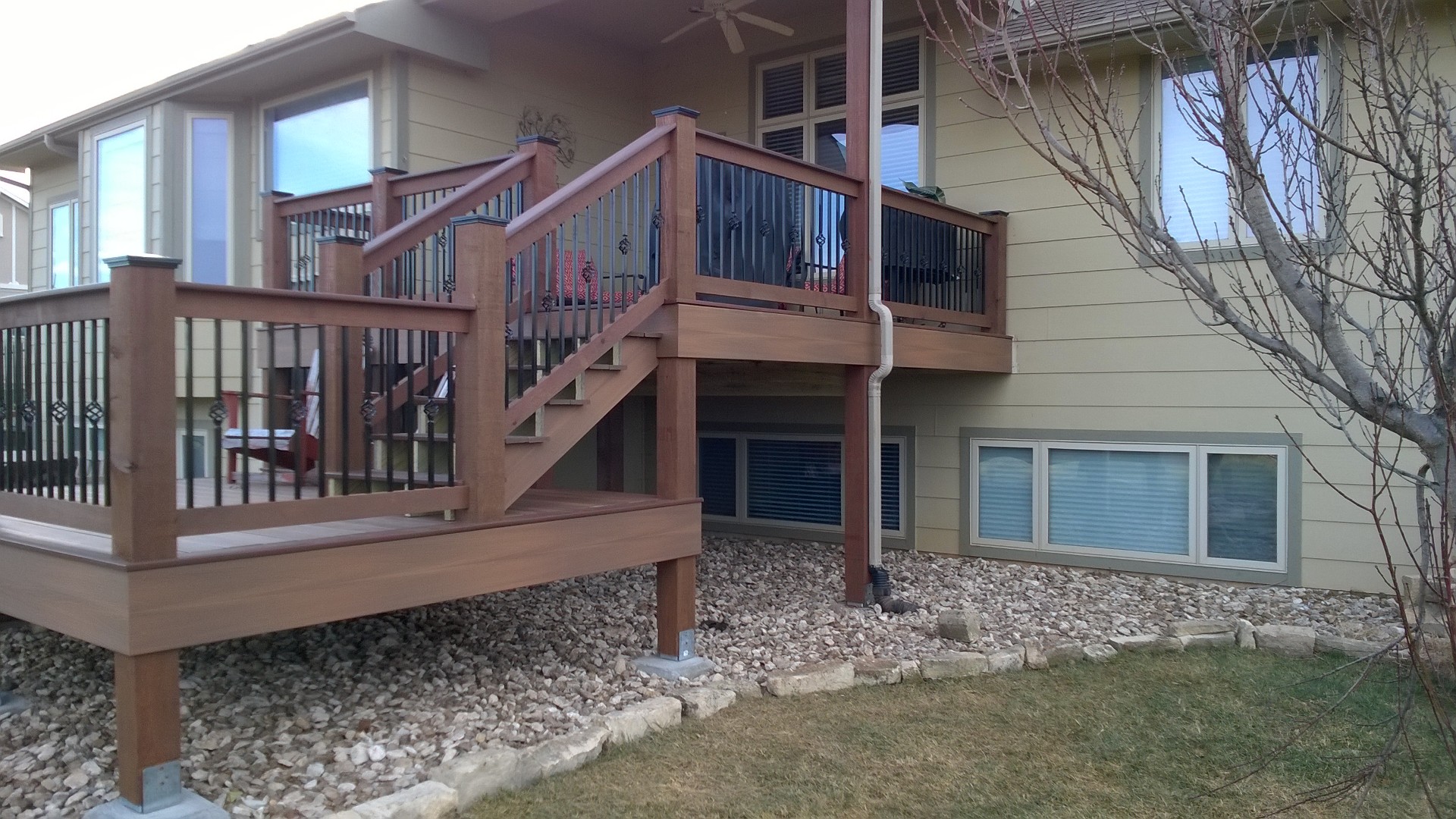What Ever Happened to Contractor Etiquette?
Last week I wrote about etiquette after a friend had a plumber spit tobacco juice in her sink while they were talking. The lack of professional conduct (especially in the building industry) baffles me. As I have been considering this topic it’s become apparent to me that this piece of the professional puzzle is missing and needs to be found.
Where has this important piece of the business relationship puzzle gone?

It’s easy to find, but hard to put in place. This puzzle piece is right here in each of us. The problem is the unawareness that it’s even missing. We’ve become so busy in this fast paced, need to get things done life, that we’ve become self-centered. Not necessarily in an intentional knocking people out of my way selfishness. Its more production focused rather than people focused. As I think back on situations that I’ve witness or heard of, it is apparent that this problem needs attention. Whether it’s –
- Standing in a customer’s upholstered chair using it for a ladder
- Leaving an electric circuit turned off over a weekend which had a customer’s freezer plugged in to it
- Laying down after lunch and taking a nap on a customer’s couch
- Throwing food trash in the void behind a stone veneer and leaving it or
- Spitting tobacco juice in a sink
As professionals it is up to us to do something about this.

So, what are we going to do?
The first thing is to be aware of the problem. If we ignore it, it won’t go away, it will continue to get worse. This means that we need to hold each other accountable for our actions. As professionals, if we see something unacceptable being done, we need to call each other out with respect and in private. This isn’t about public humiliation. It’s about raising the bar. The difficult thing is my acceptable behavior and yours may be different. That’s why we need to find a reasonable standard.
Here’s a good place to start –
GOLDEN RULES FOR CONSTRUCTION CONTRACTORS
- If you open it, close it.
- If you turn it on, turn it off.
- If you unlock it, lock it up.
- If you break it, admit it.
- If you can’t fix it, call in someone who can.
- If you borrow it, return it.
- If you value it, take care of it.
- If you make a mess clean it up.
- If you move it, put it back.
- If it belongs to someone else and you want to use it, get permission.
- If you don’t know how to operate it, leave it alone.
- If it’s none of your business, stay out of it.
- If it will brighten someone’s day, say it.
- If it will tarnish someone’s reputation, keep it to yourself.
Okay…so these are the same as the Golden Rules for Living in last week’s post. If they make sense for life, they make sense for business.
In my research I came across a Construction Etiquette blog post by Stefaney Rants. She points out some specific etiquette for the contractor to the customer.
- Return calls, send contracts in advance, sign papers in a timely manner.
- Be on time! If you are going to be late, call the home owner.
- Keep the job site “clean”. Have the crew pick up their lunch trash and water bottles. Ask the home owner for recycling bins. Dust will be expected, but use a plastic tarp if possible to contain the dust and/or clean some areas if it gets out of hand, like on the home owners grill for example.
- Be aware of landscaping. Don’t park on flower beds or other plants.
- If something breaks, let the home owner know! You want to keep a good reputation and the home owner will definitely tell their friends about your work.
She also lists some etiquette for the customer to the contractor. Next week we will approach this missing puzzle piece from that perspective.

Contractors – start working on your business relationships – the BAR IS BEING RAISED.



 First, what material should be used to build it? It used to be that your choices were wood, wood and wood. Nowadays there are a variety of materials to choose from and some of them don’t contain any wood. Wood, whether it’s treated pine, smooth cedar or redwood, is still a reasonable and affordable option. Another product that is currently available and gaining popularity is composite decking, which is a combination of wood bi-products and plastic. Also, there are some aluminum, vinyl and plastic decking products out there as well.
First, what material should be used to build it? It used to be that your choices were wood, wood and wood. Nowadays there are a variety of materials to choose from and some of them don’t contain any wood. Wood, whether it’s treated pine, smooth cedar or redwood, is still a reasonable and affordable option. Another product that is currently available and gaining popularity is composite decking, which is a combination of wood bi-products and plastic. Also, there are some aluminum, vinyl and plastic decking products out there as well.
 The excitement that comes with the beginning of a project starts to wain after a while. You just want to have your project, whether it is a big renovation or a small repair, done. You want to get your life back to normal as quickly as possible. Regular life is disrupting enough without a construction project, but to have trades people coming in and out of your home or business periodically and/or unexpectedly wasn’t a part of that initial excitement.
The excitement that comes with the beginning of a project starts to wain after a while. You just want to have your project, whether it is a big renovation or a small repair, done. You want to get your life back to normal as quickly as possible. Regular life is disrupting enough without a construction project, but to have trades people coming in and out of your home or business periodically and/or unexpectedly wasn’t a part of that initial excitement.
 Projects rarely go the way the customer or the contractor think they should or would like, but this doesn’t mean that they need to be disappointing for either. The key is to plan and learn all that you can before you get too far into the process. If you will do this, you will decrease your chances of unrealistic and increase your chances of a wow project in the end.
Projects rarely go the way the customer or the contractor think they should or would like, but this doesn’t mean that they need to be disappointing for either. The key is to plan and learn all that you can before you get too far into the process. If you will do this, you will decrease your chances of unrealistic and increase your chances of a wow project in the end.